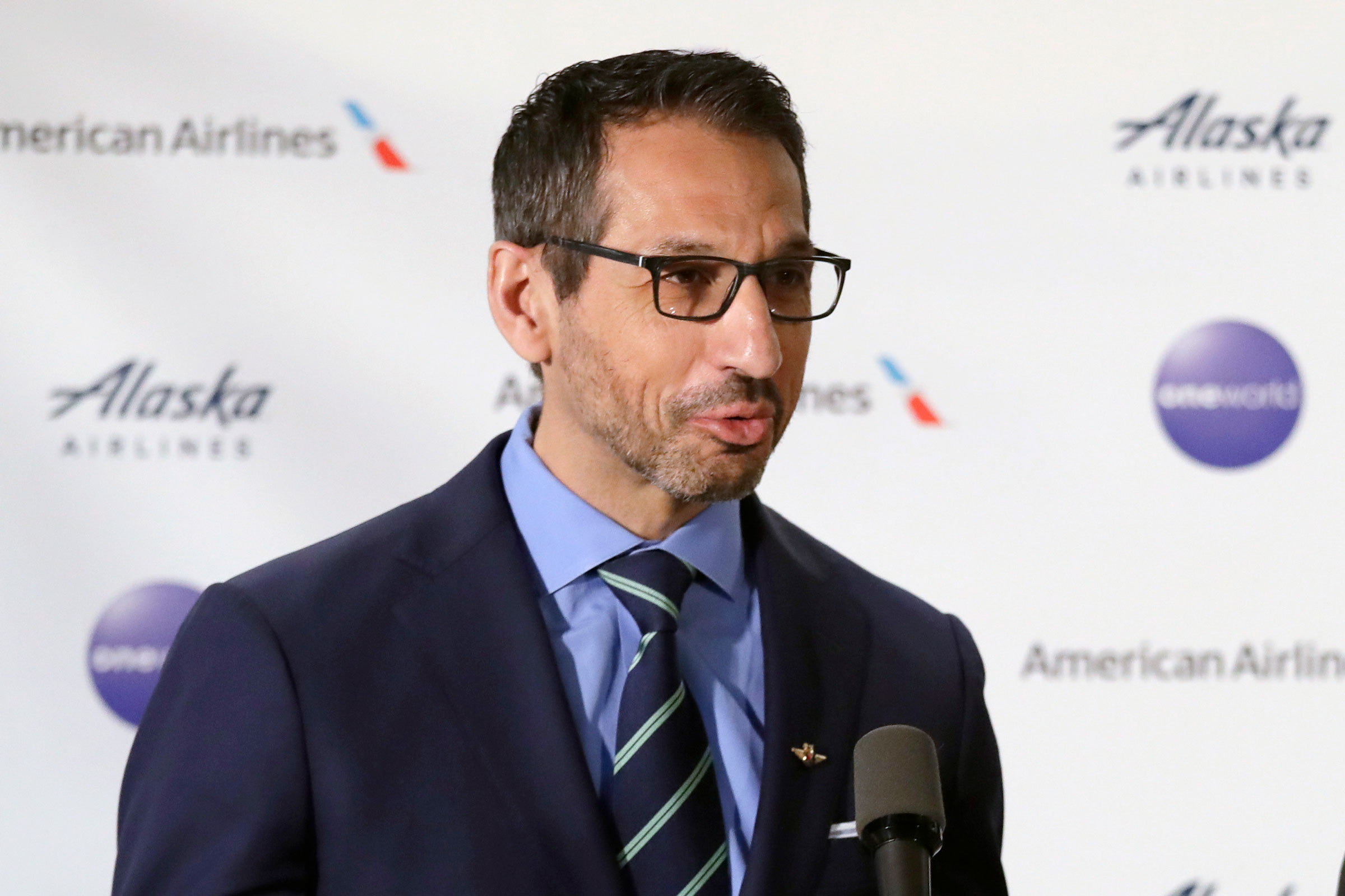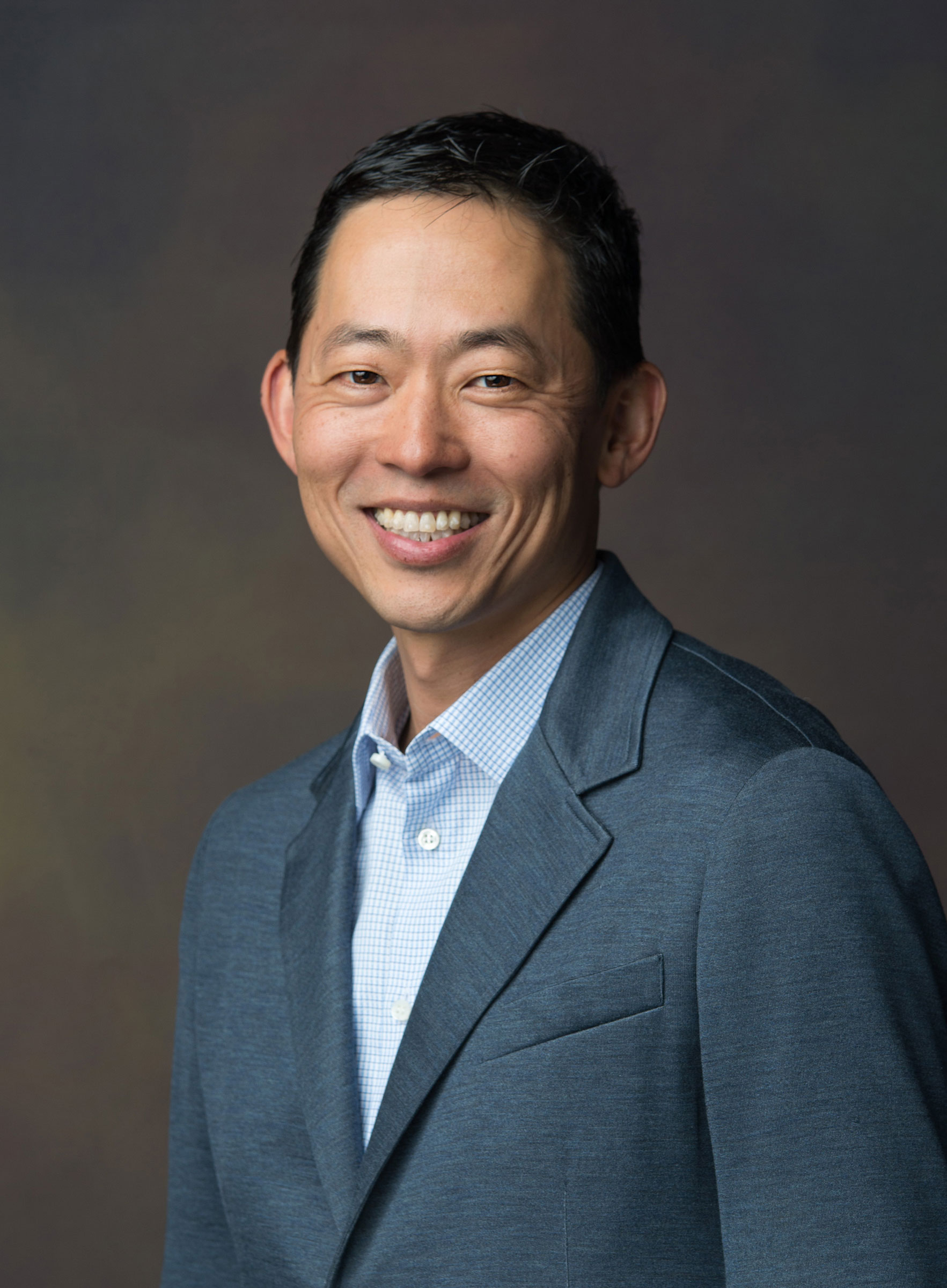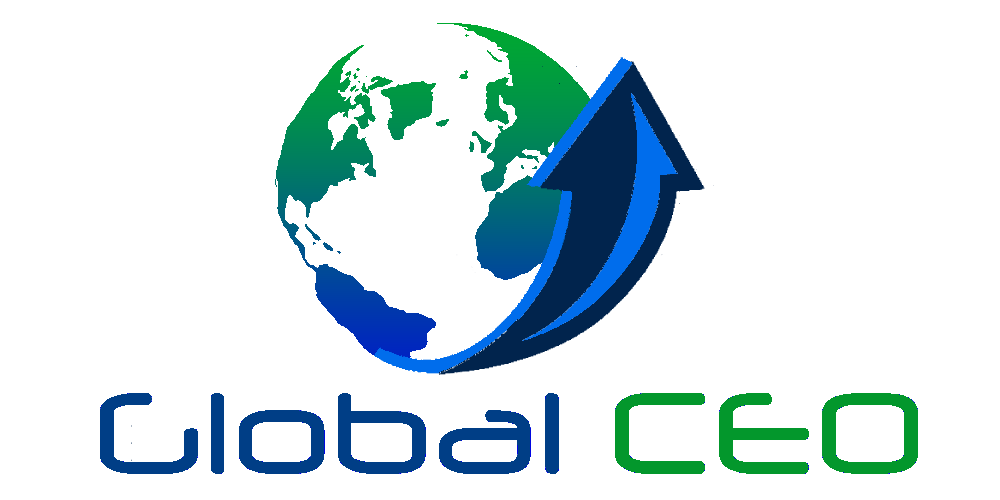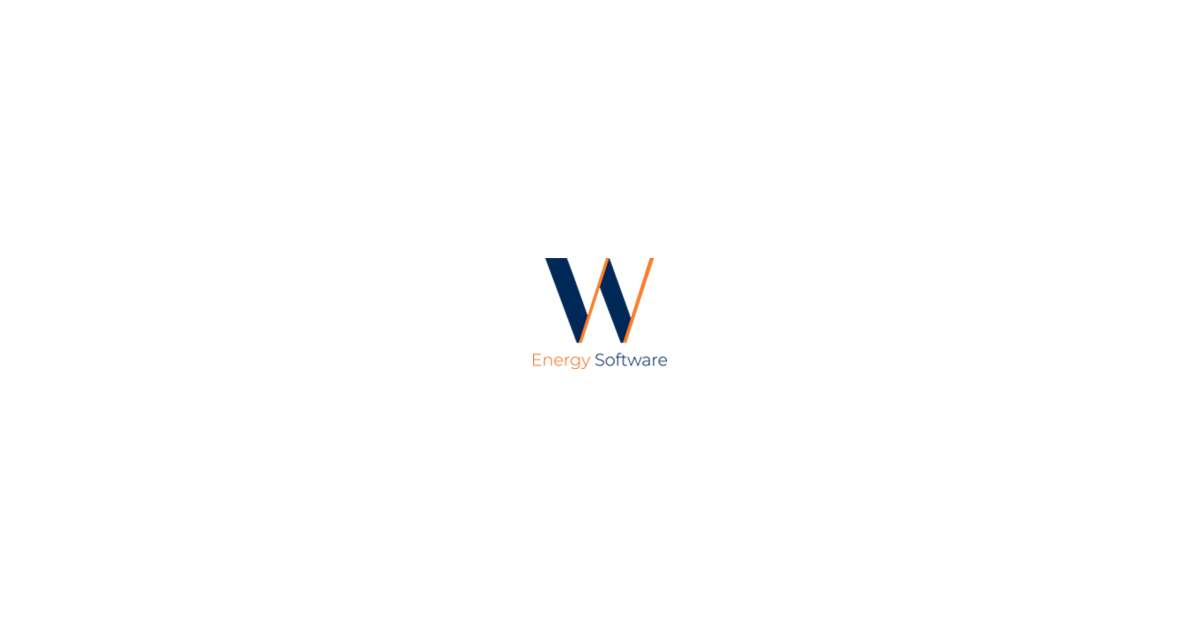Top CEOs Give Their Predictions for the Year Ahead

[ad_1]
Global leaders in business and policy-making are heading to the Swiss Alps this week for the World Economic Forum’s annual meeting in Davos. TIME will be there too, hosting events and reporting on all the best panel discussions—and parties. On that note, be on the lookout for special editions of the Leadership Brief in your inbox this week, featuring Davos diaries from Senior Editor Ayesha Javed and Staff Writer Yasmeen Serhan.
This week’s Davos confab is sure to be more sobering than most. Chief executives are worried about economic downturn, inflation, COVID-19, geopolitical instability, supply chain disruptions, and labor shortages as major disruptors to their companies’ operations this year, according to a survey released last week by the Conference Board. These pressing issues, and the increasing urgency of addressing—and reacting to—climate change “are converging to shape a unique, uncertain and turbulent decade to come,” according to the World Economic Forum’s own recent survey of leaders.
TIME Editor Jennifer Duggan delved deeper into some of those concerns, as she recently spoke with CEOs of some of the TIME100 Most Influential Companies of 2022—including Rosalind “Roz” Brewer of Walgreens Boots Alliance, Ben Minicucci of Alaska Airlines, David Velez of Nubank, David Ko of Calm, Mariana Matus of Biobot Analytics, and Christoph Gebald of Climeworks—about confronting challenges in the year ahead. Read their business predictions for the year ahead below.
Finally, you can now join that esteemed TIME100 Companies community. The application period for the TIME100 Most Influential Companies of 2023 has officially begun. Apply here!
-John Simons, Executive editor
(These answers have been condensed and edited for clarity.)
How do you see your role as a leader evolving over the coming year?
Roz Brewer, CEO of Walgreens: I am a long-time believer that every truly exceptional organization understands that culture needs to be at the center of their success. In 2023 and beyond, connections to companies’ culture and values will be a key driver of motivation for their workforce more than ever. It will become table stakes as we rephrase the corporate environment and the new culture that will be required.
As leaders, we will need to listen more not just to our employees, but also be more responsive to the needs of our wider communities. A year or two ago, I didn’t realize how much my day job as CEO would mean to the employees. As the world faces many trials and tribulations, people want to hear from CEOs and other company leaders on certain issues that affect us all. In 2023, the CEO needs to be a very broad-spectrum leader.
Delivering shareholder value is paramount. However, I’m realizing more and more that I have to take my position as CEO and make it even more meaningful, not just to this company, but outside of it as well.
Christoph Gebald, CEO of Climeworks: We follow the teachings of science and we always try to do our best and do it in a very authentic way. We have core values and I think this is becoming ever more also part of modern business and leadership teachings—that being authentic and also having times of showing vulnerability makes you more accessible to people. Personally I feel this is a very important aspect and particularly in the current macro economic environment.
Ben Minicucci CEO of Alaska Airlines: As a leader, one of my top priorities going into 2023 is the mental wellness of our people. The last three years have been extremely stressful so we launched our Care Retreat, a daylong retreat where we bring guest-facing employees and leaders to realign our values. Mental wellbeing isn’t something you can see, but it can have a huge impact on people. For 2023, my focus is on leaning into our value of care and supporting our people, who can in-turn support our guests.

Alaska Airlines President Ben Minicucci in Seattle, on Feb. 13, 2020. Minicucci became CEO in Nov. 2020.
Elaine Thompson—AP
Amanda Baldwin, CEO of Supergoop!: What I’ve learned as a CEO of an entrepreneurial business is that change is the only constant, and agility and a willingness to learn and adapt are essential, and energizing. The reality is that one does not know what lies around the next corner, but you can’t lead from a place of fear, you have to lead from a place of being aware of what might happen, being prepared and still pushing ahead.

Supergoop! CEO Amanda Baldwin
Courtesy of Supergoop!
David Vélez, founder and CEO of Nubank: My biggest push as a leader will be to increase pace and quality of execution across the organization while increasing motivation and engagement. This means doubling down on mission communication as well as prioritizing activities and efforts that drive that mission. Do less, remove distractions, and create an environment of focus.
David Ko, CEO of Calm: The CEO role has evolved tremendously in the 15 plus years since I stepped into my first C-level position. In the past few years, COVID-19’s impact has required us to reshape our businesses from top to bottom and reevaluate what our teams need from us. As we head into another challenging year globally with economic uncertainty, financial stress and loneliness, more people than ever are relying on us for help. CEOs have to rethink innovation to meet people where they are, with the tools they need in this new world. And, we have to be advocates for new policies, empower our employees, and set a clear vision and purpose for the future. This is where I see myself spending most of my time in 2023.
What are the biggest opportunities and challenges you expect in the year ahead?
Mariana Matus, CEO and Cofounder of Biobot Analytics: Between the ongoing impacts of climate change, increased global mobility, and greater proximity between humans and animals, public health challenges will only grow more severe and complex in the years to come. The “tripledemic” we currently face – COVID, RSV, the flu – and the stresses it places on our healthcare infrastructure will carry over into 2023. This will be a focus for us over the next year as we add RSV and influenza products to our wastewater intelligence platform.
As another example, we recently launched our High Risk Substance platform, which provides unbiased, naturally anonymized data on community use of fentanyl, methamphetamine, cocaine, xylazine, and nicotine. One community we worked with was able to reduce opioid overdoses by about 40% through improved resource allocation and more targeted public health messaging. We are excited to see this work grow in 2023.
One of the larger challenges in 2023 and the years ahead will be maintaining high levels of government investment in pandemic preparedness and public health. Typically, funding increases during a crisis and then shrinks when the crisis has passed. However, in order for our country and the rest of the world to better anticipate the next pandemic or biothreat, governments need to invest sustained resources into national and international public health systems that include innovative approaches to disease monitoring, like wastewater intelligence.
Brewer: The biggest challenge and opportunity are one and the same: affordable, accessible healthcare in the United States. This is a huge problem to solve for in the U.S. and in the year ahead, there will remain an opportunity to help fill in the gaps and reimagine local healthcare.
Healthcare is fragmented and difficult to navigate. Walgreens is changing the healthcare experience, driving better care and outcomes at a lower cost for both patients and the broader healthcare system. We’re bringing together the disconnected parts of the healthcare system to keep patients connected to the care they need, how they need it.
Gebald: It’s very often referred to as the biggest challenge humanity ever had, which is the climate crisis. However, of course the current macroeconomic situation is a tricky one.
My hope is that climate action will not fall off the table. With an economic slowdown and recession ahead of us, companies will investigate how they spend money and they might need to do some streamlining. Of course, climate action could be one of the aspects a board of a large corporation might consider not the most important thing to achieve at least for short term business targets. Nevertheless, hopefully companies do understand that investing and climate action will make them a more profitable or more competitive firm.

Climeworks CEO Crhistoph Gebald
Courtesy of Climeworks
Minicucci: The biggest opportunity for us next year is getting back to 2019 capacity levels, followed by growth. We’ve learned a lot in the past three years. We’ve improved our hiring, our operation, secured five labor contracts in 2022 and built a five-part plan for 2023. In terms of challenges, there’s a lot of uncertainty out there—with a war in Ukraine, fuel prices, inflation, and signs pointing to a possible recession. We have a solid plan going into 2023 that is flexible and is one that we’re able to accelerate or decelerate, based on what we see in our environment and economy.
Ko: One of the greatest opportunities we have is to continue normalizing mental health conversations and expand access to resources that can help. We’ve seen great strides in the past few years with public figures and younger generations coming forward discussing their mental health journeys openly and honestly. I hope this continues so people feel empowered and comfortable to get the help they need. The average delay between the onset of symptoms of mental health challenges and treatment is 11 years. We have to change this statistic. There are too many people suffering in silence.

Calm CEO David Ko
Courtesy of Calm
The biggest challenge we face in the years ahead is the lack of mental health professionals to support all the people who need help. 122 million people live in areas with a mental health professional shortage, and of the 3,000 counties in the U.S., 60% have no psychiatrists at all. This is where we hope Calm can fill a necessary gap. Calm Health is our newest product, built to offer a digital mental healthcare solution to payors and providers. It will provide mental health screenings, condition-specific clinical mental health programs, medication management, and more to get the right mental health resources to the people that need it.
Velez: 2022 has been a year of tremendous growth for Nubank: we registered profit for the first time with record revenues and now have over 70 million customers across Brazil, Mexico and Colombia. Yet, we are still in the early stages of our journey and with huge growth opportunities ahead. In Brazil, around 40% of the adult population is a Nubank customer, but we have the opportunity to grow our market share across different verticals, having expanded our portfolio to many more products in 2021/2022. Mexico and Colombia, together, have the potential to be even bigger than Brazil.
Getting to the fair share in every product vertical is the largest growth opportunity we are focused on. The largest challenge will be to appropriately pace this share growth across a number of different products that are more or less dependent on the macroeconomic picture.
What economic shifts are you expecting next year and how are you preparing for them?
Minicucci: We’re a domestic airline so what happens in the U.S. impacts us. We can pull several levers, including slowing down utilization of aircraft, pushing deliveries of airplanes and decelerating as needed. Alaska has a strong balance sheet and plenty of liquidity, and a mitigation strategy in place if we need to use it next year. Still, our plan is to grow next year and to get through whatever financial downturn we may see.
Brewer: It’s likely we will continue to face a period of macroeconomic challenges. Inflation has been running high and while I expect that to subside over time, it is a top concern among many consumers. Additionally, I expect the heightened interest rates and financing costs will continue to put pressure on consumer spending, particularly for larger ticket items.
At Walgreens Boots Alliance, we have a resilient business. Our front-end assortment is less dependent on discretionary and large ticket items, unlike big box retailers. And health and wellness will always be a priority as consumers take a more proactive approach to their own health and wellbeing.
Consumers are continuing their average spending levels versus one year ago but are doing so by saving less and taking on more debt. Shoppers are also looking for deals, reducing units, and slowly switching to owned brands.
Ko: We expect next year’s economic shifts to greatly impact the world’s mental health. Our mission at Calm is to meet everyone on every step of their mental health journey, and that means offering a range of resources for individuals to find the support they need, when they need it. We know a traditional twenty minute meditation session isn’t going to work for everyone, so we are investing in short-form evidence-based content, between three to five minutes, designed to help relieve stress and anxiety in the moment. Whether someone is experiencing a panic attack, difficult emotions, negative thought spirals and more. This year we launched Overcome Stress and Anxiety with Dr. Julie Smith, and will continue to build this library of content next year.
Vélez: It is the market expectation that 2023 will be equally—if not more—challenging than this year. The global macroeconomic environment will likely be impacted by inflation and high-interest rates, leading to slower economic growth. But it’s important to remember that the macroeconomic environment has not changed the fundamental and secular factors that have contributed to our growth. Those tailwinds keep strong and we have grown consistently across all business metrics throughout the year. Having IPOed in December 2021, we enter this cycle stronger and well-capitalized.
The important point now is to focus on what we can control—our daily performance, our results, the opportunities ahead. As for the things that we can’t control, focus on how to react and be prepared. Entering this environment with a strong capital position, as well as a more efficient structure will definitely help capitalize on potential opportunities that might come up.
How will the labor market evolve and what changes should workers expect in the coming year?
Alaska: We’re seeing improvements in the labor market compared to what we saw earlier in the pandemic. Our ability to hire and attract new talent has improved and we’re seeing more stability and equilibrium than we’ve seen in the past two years. In 2023, I think we’ll see a balance of employees working in the office and working from home, which has evolved at Alaska Airlines since the start of the pandemic.
Our company is all about creating connections and what we know is that our employees still want to connect with one another in person. On the guest front, we’re seeing our customers taking advantage of flexible work-from-home policies, which is helping people balance their quality of life. As one example in the airline industry, we’re seeing that Tuesdays and Wednesdays are no longer slow travel days. Historically Fridays and Sundays were the
busiest travel days of the week. Today the peaks have diminished and have spread across the week and that’s because more people are traveling while they’re WFH. Over Thanksgiving, they may start their Thanksgiving break three days earlier and work from their out-of-town family’s home.
Vélez: We will see a consolidation of the hybrid model. At Nubank, it has been surprising how quickly the company adapted to remote work during the pandemic, and consequently developed better, more efficient and productive working dynamics. We have created new spaces in our offices that foster integration and more productive face-to-face interactions.
Additionally, I think that—more than ever—the labor market will prioritize companies with strong values and culture, that keeps them engaged and foster a strong sense of ownership.
Ko: This is the tightest labor market we’ve seen in decades, and it’s uncertain what 2023 will bring, but one thing is clear: businesses have to prioritize the mental health of their workforce. Not just to differentiate themselves from competitors but because companies will play a critical role in mental health moving forward. The U.S. Surgeon General recently released a Framework for Workplace Mental Health and Well‑Being that demonstrates the foundational role employers will play in promoting and protecting the mental health of employees and their families.
Brewer: There is a new set of expectations from the global workforce coming out of the pandemic and a new set of prerequisites: flexibility and choice. Remote work is a big part of that—it looks very different depending on what your workforce and the different segments of that population. Strong culture is also key, and shared purpose as the foundation of your employer/employee relationship is also critical in attracting talent.
More Must-Reads From TIME
[ad_2]
Source link







